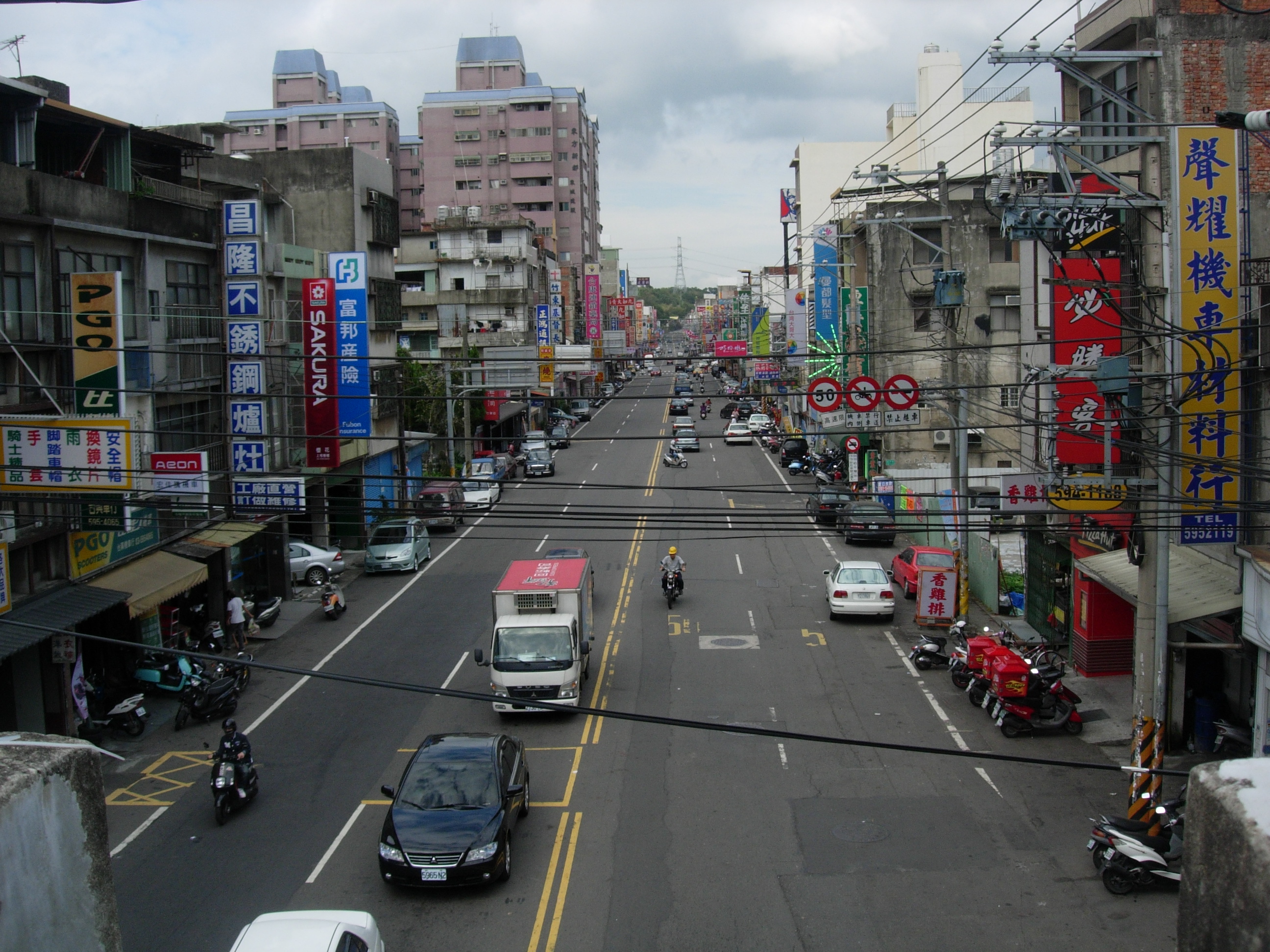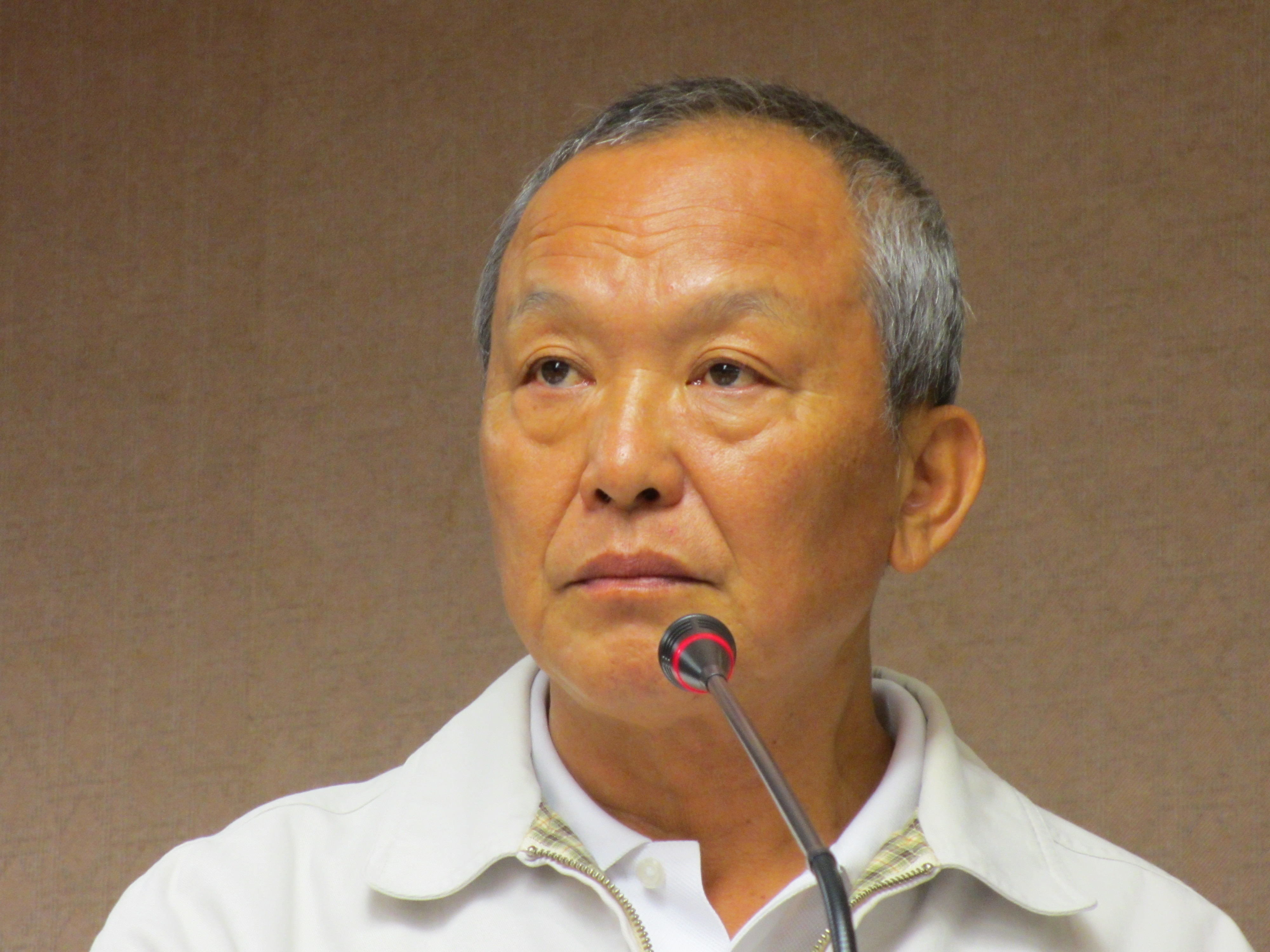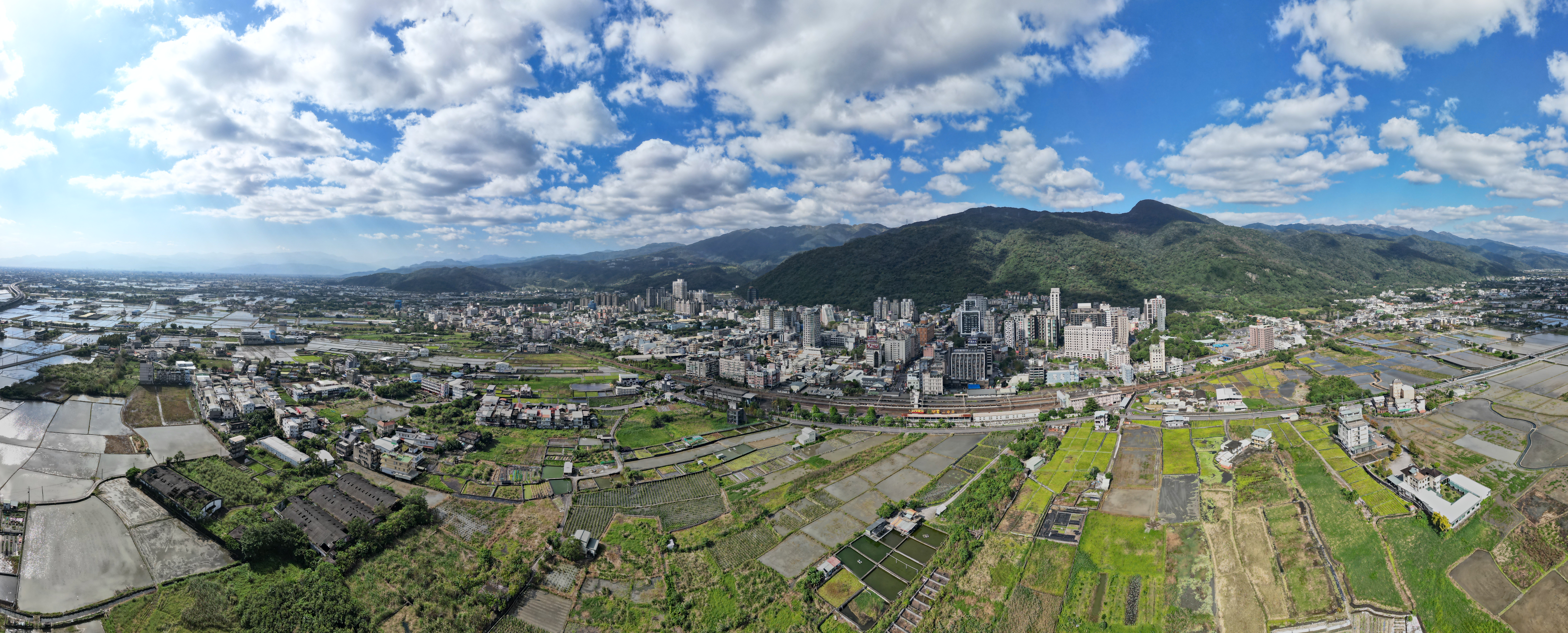|
Township (Republic Of China)
Townships are the third-level administrative subdivisions of counties of the Republic of China (Taiwan), along with county-administered cities. After World War II, the townships were established from the following conversions on the Japanese administrative divisions: Although local laws do not enforce strict standards for classifying them, generally urban townships have a larger population and more business and industry than rural townships, but not to the extent of county-administered cities. Under townships, there is still the village as the fourth or basic level of administration. As of 2022, there are totally 184 townships, including 38 urban townships, 122 rural townships and 24 mountain indigenous townships. 174 townships with 35 urban and 118 rural townships are located in Taiwan Province and 10 townships with 3 urban and 4 rural townships are located in Fujian Province. Penghu and Lienchiang are the only two counties that do not have urban townships. Statistics of ... [...More Info...] [...Related Items...] OR: [Wikipedia] [Google] [Baidu] |
County (Taiwan)
A county, constitutionally known as a hsien, is a ''de jure'' second-level administrative division unit in the Republic of China (Taiwan). Under the administrative structure of Taiwan, it is with the same level of a provincial city. The counties were formerly under the jurisdiction of provinces, but the provinces were streamlined and effectively downsized to non-self-governing bodies in 1998, in 2018 all provincial governmental organs were formally abolished. Counties along with former " provincial cities" which alternately designated as simply "Cities", are presently regarded as principal subdivisions directed by the central government of Taiwan. History ''Hsien'' have existed since the Warring States Period, and were set up nation-wide by the Qin Dynasty. The number of counties in China proper gradually increased from dynasty to dynasty. As Qin Shi Huang reorganized the counties after his unification, there were about 1000. Under the Eastern Han Dynasty, the number of ... [...More Info...] [...Related Items...] OR: [Wikipedia] [Google] [Baidu] |
Hsinchu County
Hsinchu County (Wade–Giles: ''Hsin¹-chu²'') is a county in north-western Taiwan. The population of the county is mainly Hakka; with a Taiwanese aboriginal minority in the southeastern part of the county. Zhubei is the county capital, where the government office and county office is located. A portion of the Hsinchu Science Park is located in Hsinchu County. History Early history Before the arrival of the Han Chinese, the Hsinchu area was home to the indigenous Taokas, Saisiyat, and Atayal. After the Spanish occupied northern Taiwan, Catholic missionaries arrived at Tek-kham in 1626. Minnanese (Hoklo) and Hakka came and began to cultivate the land from the plains near the sea towards the river valleys and hills. Qing dynasty In 1684, Zhuluo County was established during Qing dynasty rule and more Han settled near Tek-kham. A Chinese city was established there in 1711 and renamed Hsinchu in 1875. It became part of Taipeh Prefecture. In the late 19th century, Hok ... [...More Info...] [...Related Items...] OR: [Wikipedia] [Google] [Baidu] |
Romanization Of Chinese
Romanization of Chinese () is the use of the Latin alphabet to transliterate Chinese. Chinese uses a logographic script and its characters do not represent phonemes directly. There have been many systems using Roman characters to represent Chinese throughout history. Linguist Daniel Kane wrote, "It used to be said that sinologists had to be like musicians, who might compose in one key and readily transcribe into other keys." The dominant international standard for Standard Mandarin since about 1982 has been Hanyu Pinyin, invented by a group of Chinese linguists in the 1950s including Zhou Youguang. Other well-known systems include Wade–Giles (Mandarin) and Yale Romanization (Mandarin and Cantonese). There are many uses for Chinese Romanization. Most broadly, it is used to provide a useful way for foreigners who are not skilled at recognizing Chinese script to read and recognize Chinese. It can also be helpful for clarifying pronunciation among Chinese speakers who speak ... [...More Info...] [...Related Items...] OR: [Wikipedia] [Google] [Baidu] |
Hanyu Pinyin
Hanyu Pinyin (), often shortened to just pinyin, is the official romanization system for Standard Mandarin Chinese in China, and to some extent, in Singapore and Malaysia. It is often used to teach Mandarin, normally written in Chinese form, to learners already familiar with the Latin alphabet. The system includes four diacritics denoting tones, but pinyin without tone marks is used to spell Chinese names and words in languages written in the Latin script, and is also used in certain computer input methods to enter Chinese characters. The word ' () literally means " Han language" (i.e. Chinese language), while ' () means "spelled sounds". The pinyin system was developed in the 1950s by a group of Chinese linguists including Zhou Youguang and was based on earlier forms of romanizations of Chinese. It was published by the Chinese Government in 1958 and revised several times. The International Organization for Standardization (ISO) adopted pinyin as an international stan ... [...More Info...] [...Related Items...] OR: [Wikipedia] [Google] [Baidu] |
Transliteration
Transliteration is a type of conversion of a text from one script to another that involves swapping letters (thus ''trans-'' + '' liter-'') in predictable ways, such as Greek → , Cyrillic → , Greek → the digraph , Armenian → or Latin → . For instance, for the Modern Greek term "", which is usually translated as " Hellenic Republic", the usual transliteration to Latin script is , and the name for Russia in Cyrillic script, "", is usually transliterated as . Transliteration is not primarily concerned with representing the sounds of the original but rather with representing the characters, ideally accurately and unambiguously. Thus, in the Greek above example, is transliterated though it is pronounced , is transliterated though pronounced , and is transliterated , though it is pronounced (exactly like ) and is not long. Transcription, conversely, seeks to capture sound rather than spelling; "" corresponds to in the International Phonetic Alphabet. While ... [...More Info...] [...Related Items...] OR: [Wikipedia] [Google] [Baidu] |
The ROC Army Help To Clean Up In Chia-tung Pingtung After Typhoon Morakot-P1010264
''The'' () is a grammatical article in English, denoting persons or things already mentioned, under discussion, implied or otherwise presumed familiar to listeners, readers, or speakers. It is the definite article in English. ''The'' is the most frequently used word in the English language; studies and analyses of texts have found it to account for seven percent of all printed English-language words. It is derived from gendered articles in Old English which combined in Middle English and now has a single form used with pronouns of any gender. The word can be used with both singular and plural nouns, and with a noun that starts with any letter. This is different from many other languages, which have different forms of the definite article for different genders or numbers. Pronunciation In most dialects, "the" is pronounced as (with the voiced dental fricative followed by a schwa) when followed by a consonant sound, and as (homophone of pronoun '' thee'') when followed by a ... [...More Info...] [...Related Items...] OR: [Wikipedia] [Google] [Baidu] |
Kinmen
Kinmen, alternatively known as Quemoy, is a group of islands governed as a county by the Republic of China (Taiwan), off the southeastern coast of mainland China. It lies roughly east of the city of Xiamen in Fujian, from which it is separated by Xiamen Bay. Kinmen is located west from the shoreline of the island of Taiwan across the Taiwan Strait. The county consists of the major island of Kinmen along with several surrounding islets, as well as Wuqiu Township located to the northeast of the rest of the county., United States National Geospatial-Intelligence Agency Kinmen is one of two counties that constitutes Fujian Province, the other being Lienchiang County (Matsu). Kinmen's strategic location in the Taiwan Strait has led to numerous confrontations, making it a tangible embodiment of political change on Cross-Strait relations. In August 1958, Kinmen was heavily bombarded by the People's Liberation Army during the Second Taiwan Strait Crisis. Travel restrictions b ... [...More Info...] [...Related Items...] OR: [Wikipedia] [Google] [Baidu] |
Miaoli County
Miaoli County ( Mandarin Pinyin: ''miáo lì xiàn''; Hakka PFS: ''Mèu-li̍t-yen''; Hokkien POJ: ''Biâu-le̍k-koān'' or ''Miâu-le̍k-koān'') is a county in western Taiwan. Miaoli is adjacent with Hsinchu County and Hsinchu City to the north, Taichung to the south, and borders the Taiwan Strait to the west. Miaoli is classified as a county in central Taiwan by the National Development Council, while the Taiwan Central Weather Bureau classifies Miaoli as a county in northern Taiwan. Miaoli City is the capital of the county, and is also known as "Mountain Town", owing to the number of mountains nearby, making it a destination for hiking. Name The name ''Miaoli'' was coined by matching Hakka Chinese sound for the characters 貓貍 to the phonetically approximate ''Pali'' (''Bari'') from the Taokas language. The resulting word () is a widespread but non-orthodox variant referring to Viverridae. In 1889, during late Qing rule, the name was modified from various forms () ... [...More Info...] [...Related Items...] OR: [Wikipedia] [Google] [Baidu] |
Yunlin County
Yunlin County ( Mandarin pinyin: ''Yúnlín Xiàn''; Taigi POJ: ''Hûn-lîm-koān''; Hakka PFS: ''Yùn-lìm-yen'') is a county in western Taiwan. Yunlin County borders the Taiwan Strait to the west, Nantou County to the east, Changhua County to the north at the Zhuoshui River, and Chiayi County to the south at the Beigang River. Yunlin is part of the Chianan Plain, a flat land known for its agriculture. Agricultural products of Yunlin County include pomelo, tea leaves, suan cai, papaya and muskmelon. Yunlin's rivers give it potential for hydroelectricity. Douliu is the largest and capital city of Yunlin. It is the only county on the main island of Taiwan where no city with the same name exists. Yunlin is one of the least developed counties on the West coast, and suffers from emigration. History Dutch Formosa During the Dutch Formosa era, ''Ponkan'' (modern-day Beigang) was an important coastal castle. Qing Dynasty Yunlin County was established during the Qing Dynast ... [...More Info...] [...Related Items...] OR: [Wikipedia] [Google] [Baidu] |
Yilan County, Taiwan
Yilan County, alternately spelled I-lan, is a county in northeastern Taiwan, Republic of China. Name The name ''Yilan'' derives from the indigenous Kavalan people. Other former names in reference to this area in the Yilan Plain include ''Kabalan'', ''Kavalan'', ''Kavaland'', ''kap-a-lan'', ''Yiland'' and ''Gilan''. Before 2009, the county's official name was transliterated as Ilan. History Early history Since early ages, many people have traveled from far places to Yilan. Indigenous tribes that have settled in Yilan are Kavalan people and Atayal people. The Kavalan people came by the sea and lived by the river at Yilan Plain since around 1,000 years ago. They mostly speak the Austronesian languages. Their settlements consisted of small villages along rivers with around 40-50 communities scattered around the area with a total population of approximately 10,000 people. The Atayal people came by crossing the Xiyuan Pass and settled in the mountain areas. The Ataya ... [...More Info...] [...Related Items...] OR: [Wikipedia] [Google] [Baidu] |



.png)

.jpg)
